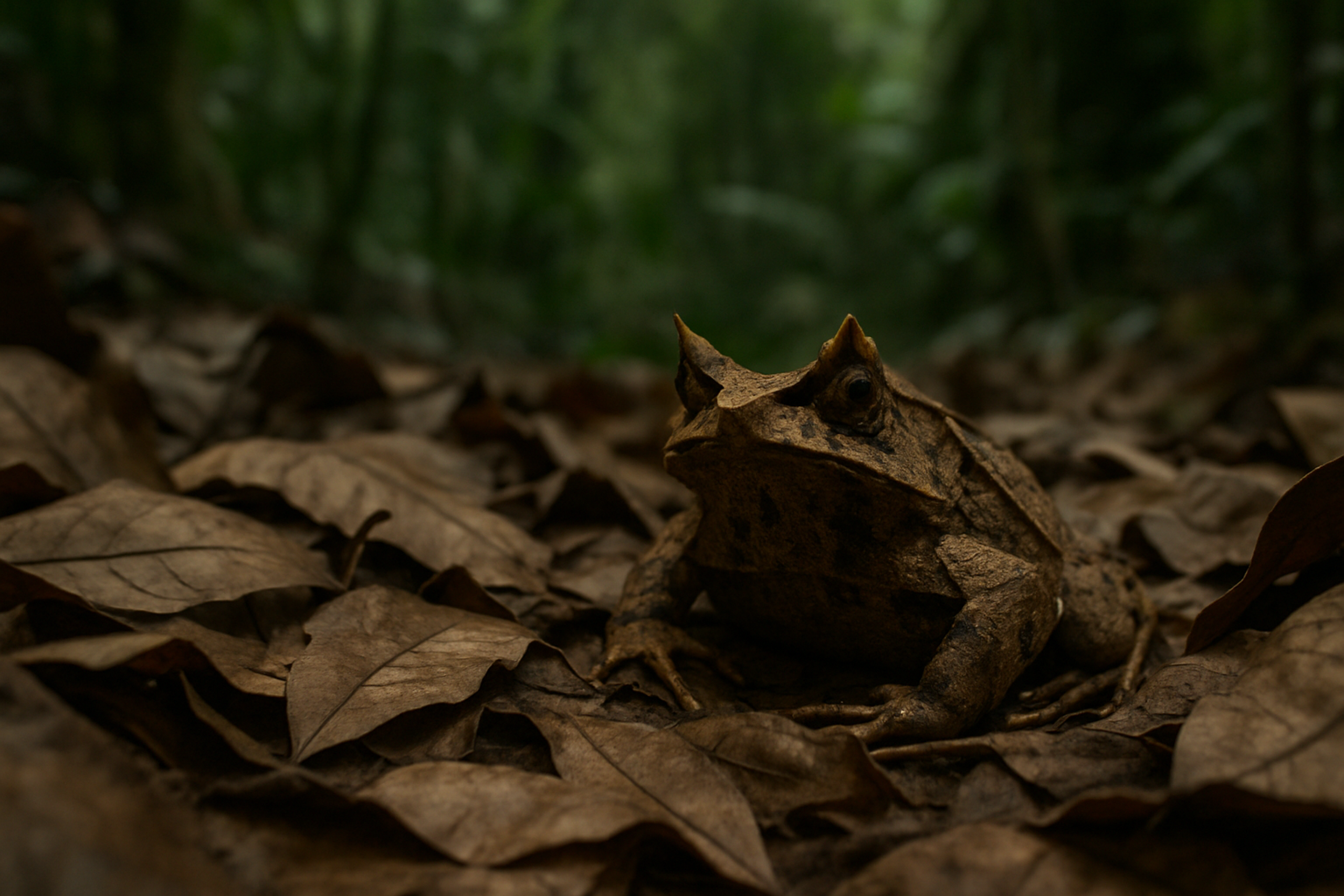Blog
Biodiversity

Many of Earth’s richest ecosystems are among the least funded. With greater global support, we can change that.
By David Emmett, Senior Biodiversity Partnerships Manager, Hempel Foundation.
Biodiversity is the word we use to describe the incredible variety of life on Earth. It doesn’t just refer to the number of different species — it includes diversity within species (just look at how varied and resilient we humans are), and the rich variety of ecosystems: oceans, forests, grasslands, wetlands, deserts, and more.
Biodiversity is the living network that sustains us all. It provides the food we eat, the water we drink, the soil we depend on, and even the air we breathe. It underpins global health, economic stability, and social wellbeing. The Sustainable Development Goals — from ending poverty to achieving food security and health — depend on a thriving natural world.
Even the World Bank recently updated its mission to reflect this: from “creating a world free of poverty” to “creating a world free of poverty on a livable planet.” That shift acknowledges something crucial — there’s no long-term human development without healthy ecosystems.
More Than Tigers and Trees
When people think of biodiversity, they often picture iconic animals: tigers, orangutans, rhinos. These species matter, of course — but biodiversity is much more than that. It’s the intricate web of life that keeps our planet functional. It’s about keeping nature resilient — and keeping humanity secure.
So, How Are We Doing?
Unfortunately, global biodiversity is under intense pressure. According to the Living Planet Report 2024, wildlife populations have declined by 73% since 1970. The World Economic Forum now ranks biodiversity loss among the top three most severe risks to the global economy over the next decade.
Tropical forest loss remains the leading driver — and the countries suffering most from this loss are often those with the fewest financial resources to respond
Where Biodiversity Is Richest — and Most Vulnerable
Biodiversity is not spread evenly across the planet. Certain regions — known as biodiversity hotspots — hold a disproportionately high number of species that are threatened with extinction, many of which are found nowhere else on Earth.
Some hotspots, such as those in Japan or Australia, have the financial and governance systems in place to manage conservation effectively. But many of the world’s most biologically rich areas are in countries that face serious developmental challenges. In these places, investing in biodiversity can seem like a luxury — even though the long-term future of their economies and communities depends on healthy ecosystems.
This is where global support becomes not just important — but essential.
Where the Hempel Foundation Is Focused
At the Hempel Foundation, we recognise that no single actor can fill the global funding gap. But we also believe that strategic philanthropy can play a catalytic role — especially when focused on the places that need it most.
We are focusing our efforts on some of the world’s most biologically rich, most underfunded, and most vulnerable regions — what we call overlooked hotspots.
🟢 Eastern Arc Mountains, Tanzania:
A biodiversity treasure trove, relied upon by nearly 20 million people. These ancient mountains contain biodiversity values comparable to the entire Congo Basin — despite the Congo basin being 200-times larger. They are also far more threatened. Yet these mountains remain chronically underfunded.
🟢 Madagascar:
One of the most unique biodiversity regions on the planet, Madagascar is also one of the most economically challenged. It now faces extreme climate impacts — drought, famine — while international funding continues to decline. But with the right support, it’s not too late.
🟢 Other priority regions:
We are also supporting work in Ethiopia, Uganda, the Wallacea region of Indonesia, the Atlantic Forest in Brazil, and other critical areas. Each of these regions is home to an extraordinary diversity of species, strong local conservation leadership, and communities striving to manage their natural resources sustainably.
A Global Responsibility
In recent years, however, international support for biodiversity has not kept pace with the need. Some major donors have reduced or redirected funding. Today, tropical biodiversity receives only about 1% of biodiversity-related budgets from most developed countries. Yet the tropics is where the need — and opportunity — is greatest.
At a time when biodiversity loss is accelerating, the global community must come together to support the people and places on the frontlines of this crisis. These are not just remote forests or distant mountains — they are vital systems upon which hundreds of millions of people depend.
"Overlooked"
See and download all campaign visuals.